We only planned to stay for one night; four nights later, we finally made a move. White Tank Regional Park – just outside of Phoenix, Arizona – is an active traveler’s five-star stay. It’s the complete package of rock art viewing, wildlife watching, hiking, biking and camping adventures all in one compact location.
Disclosure: This post contains Affiliate links.
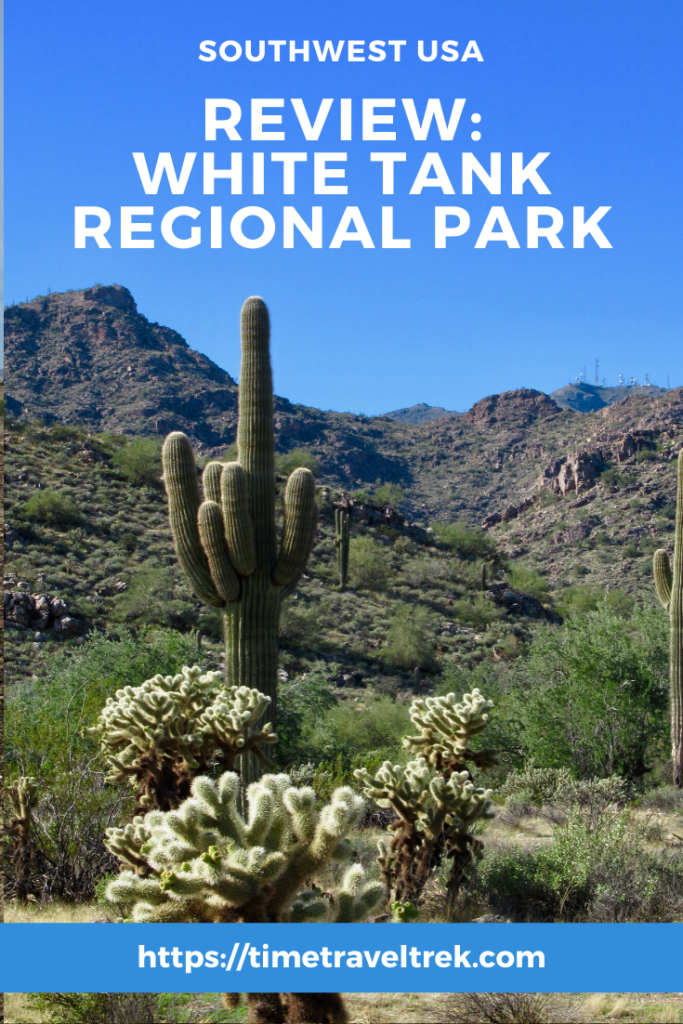
Table of Contents
Overview of White Tank Regional Park
White Tank Regional Park is the largest park in Arizona’s Maricopa County Parks system. It covers 45 square miles (116 sq km) and over 29,500 acres. Flowing in and around the White Tank Mountains, the park separates the Phoenix Basin and the Salt River Valley from the Hassayampa Plain. The highest peak in the park reaches 4,083 feet (1,244 m) above sea level.
What’s in a Name?
When gold was discovered in central Arizona in the early 1860s, all roads led to the ore fields. One such road passed from the Gila River to Wickenburg and Prescott. Passing through the parched desert on the way, water was more precious than gold. The northeast corner of the White Tank Mountains had a large natural basin – a white tank – that captured this liquid treasure.
This historic tank appears on maps and journals from 1863-1895, but it no longer exists today. Sometime between 1898 and 1902, the cliff above the tank collapsed. The basin was obliterated. Today, many smaller tanks called “tinajas” can be still be seen carved in the white granite bedrock.
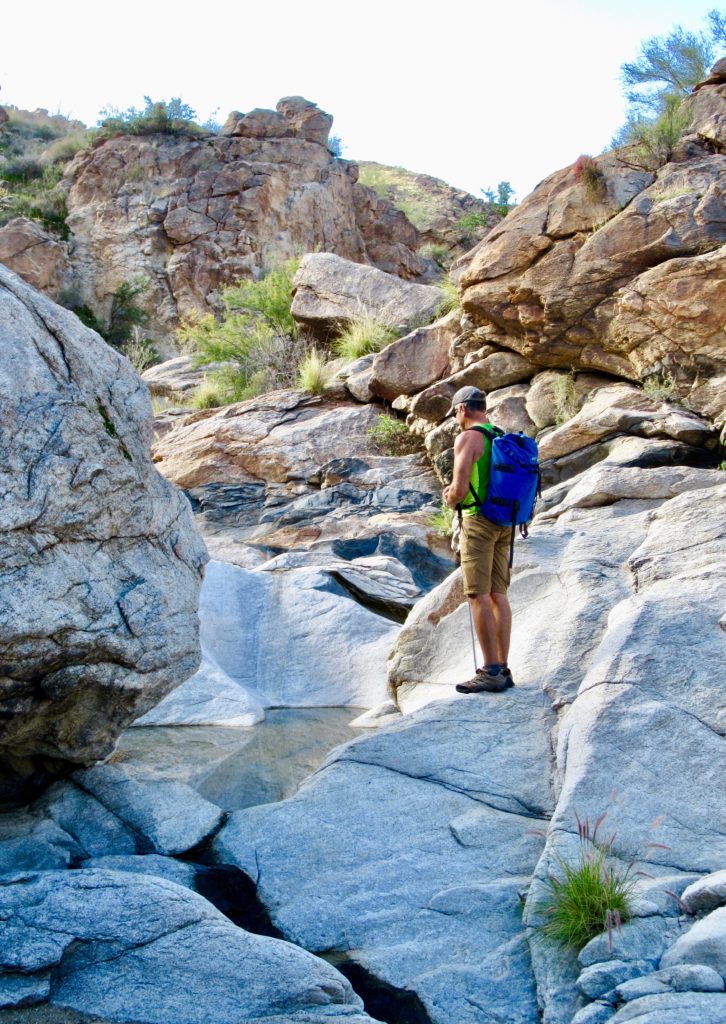
Walking Waterfall Canyon Trail
If you only have time for one short walk in the White Tank Regional Park, make it Waterfall. Waterfall Canyon Trail is barrier-free for the first 0.5 mile (0.8 km) and leads to hundreds of petroglyphs.
Arizona State Museum surveys indicate that the area was inhabited by the Hohokam people from 500-1100 AD. Beyond rock art, archaeological sites include eleven villages. The Black Rock Trail (also accessible) circles one of the village sites, although trash mounds and pit houses are difficult to discern.
Along the Waterfall Canyon Trail, the largest group of petroglyph panels is known as the “Petrogplyh Plaza.” Interpretive signs aid understanding of these ancient works of art. Keep looking as you continue past the end of the accessible trail along the now gravel path. Petroglyphs can be seen on countless boulders along the route.
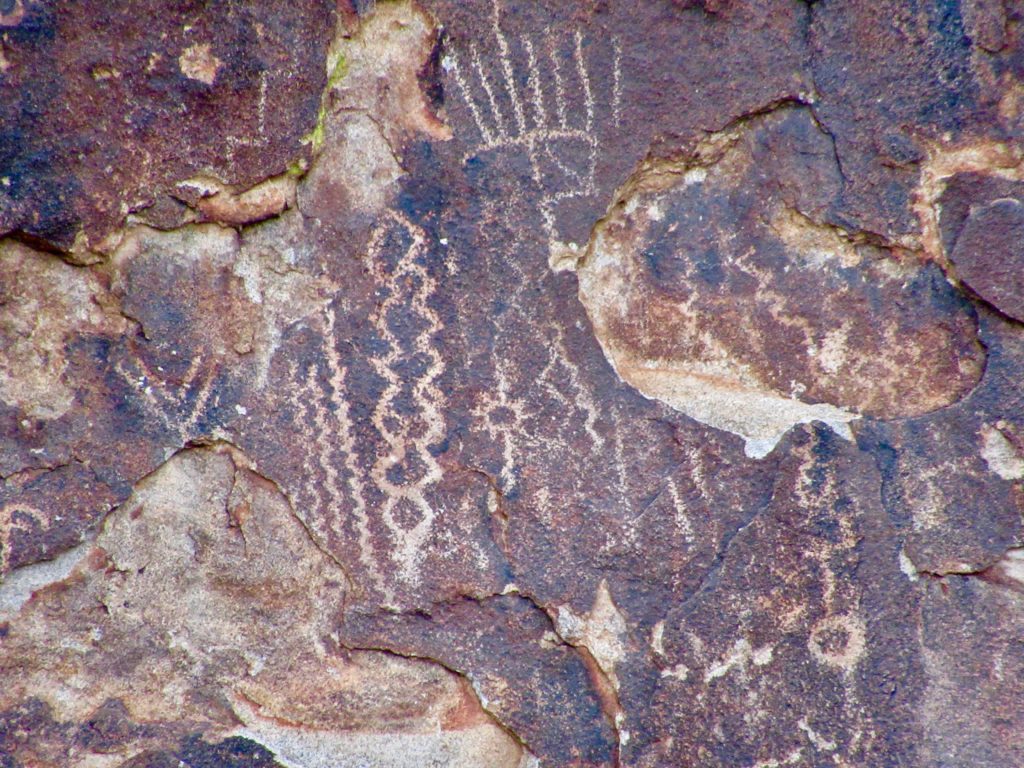
Another large assemblage of rock art is found at the entrance to the box canyon, where water streams down the large, namesake waterfall. It’s a fun treasure hunt trying to find the different images described in the interpretive signage.
Love adventure in Arizona’s deserts? Check out Actively Exploring Organ Pipe Cactus National Monument as well!
Hiking Ford Canyon
White Tank Regional Park has in the neighbourhood of 30 miles (48 km) of shared use trails. We chose to hike right out of our campsite and link up with the Ford Canyon Trail (returning on Willow Canyon Trail) for a 10.5-mile (17 km) loop.
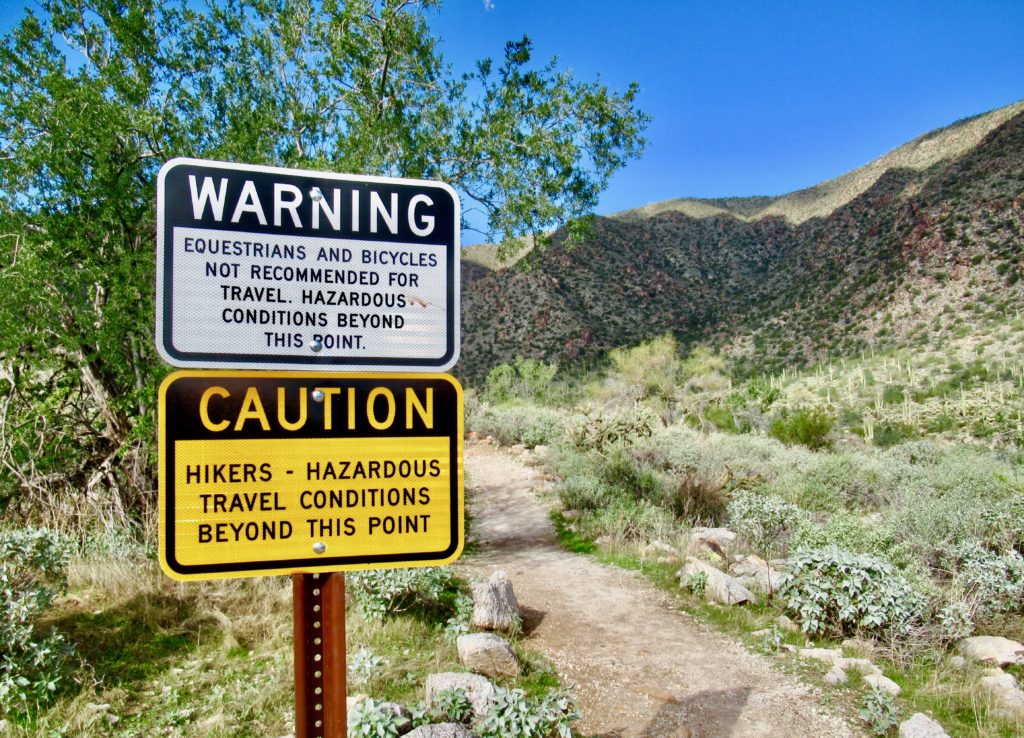
The trail turns to single use (no bikes or horses) as it climbs through the narrow, rock-strewn canyon. Pockets of water lie in pools below in glistening, white tinajas. We scrambled up low ledges, over large boulders and along narrow ledges before entering the wash itself.
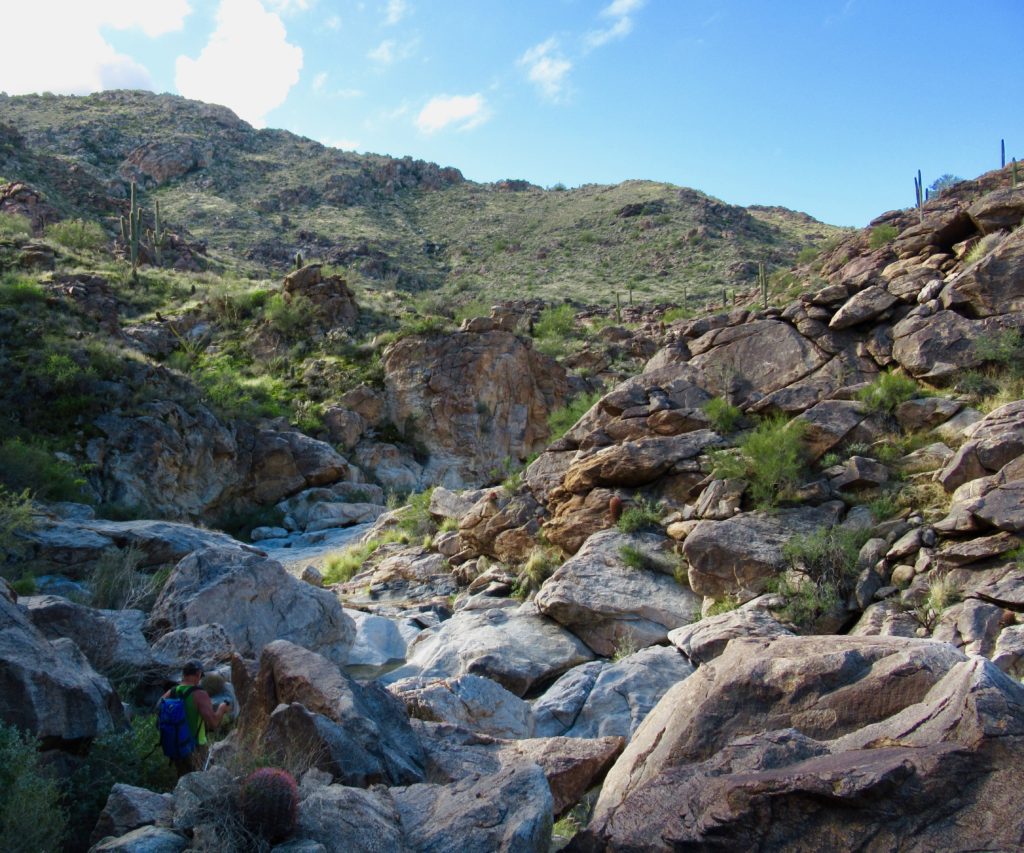
At times it became a bit of a game, trying to find trail markers. The route basically follows the wash (staying left at an obvious junction with a secondary wash) before climbing up out of the waterway at a well-flagged junction.
From here, switchbacks climb up to a pass – which makes an excellent lunch stop as well as offering superlative views – and then descends into Willow Canyon. Historic remains of a line cabin and barbed-wire fences make for a brief detour, following the short path beyond the stock tank to a hidden waterfall and pool.
The next section of trail stays high above Willow Canyon, climbing up over a small pass before descending into Mesquite Canyon. A low peak at the pass begged to be climbed – providing an overview of the east side of the park before stretching on into the heart of Phoenix. The downhill section to the parking lot was the busiest we saw on the entire loop – five other hikers!
White Tank Mountain Biking
Like many of the park trails, the Sonoran Competitive Track is shared use and is open not only to bikers, but hikers and horseback riders as well. From Willow Campground, it’s a moderately easy and fast ride out Mesquite Trail (beside washroom complex) turning right on Waddell, right again Ford, left on Ironwood and another left on Gray Fox to the Competitive Track trailhead. Coming back the paved road makes a nice loop for those who don’t want challenge of the track.
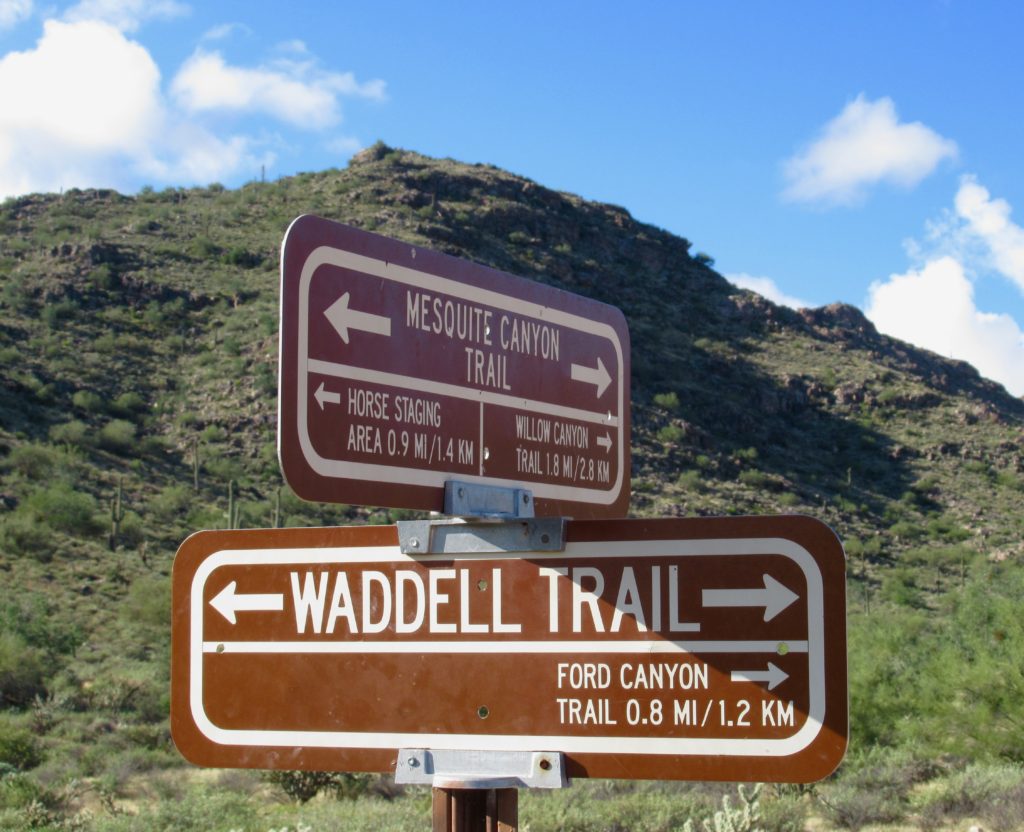
Fixin’ to Find Some Flora and Fauna
A tip? Wear long pants when hiking and biking. This desert environment is full of spiny things!
Barrel cactus, prickly pear, chain fruit cholla, fishhook pincushion… not to mention the catclaw acacia and spiky palo verde. It is a lush desert that includes lush grasses and wildflowers tucked in shaded canyons.
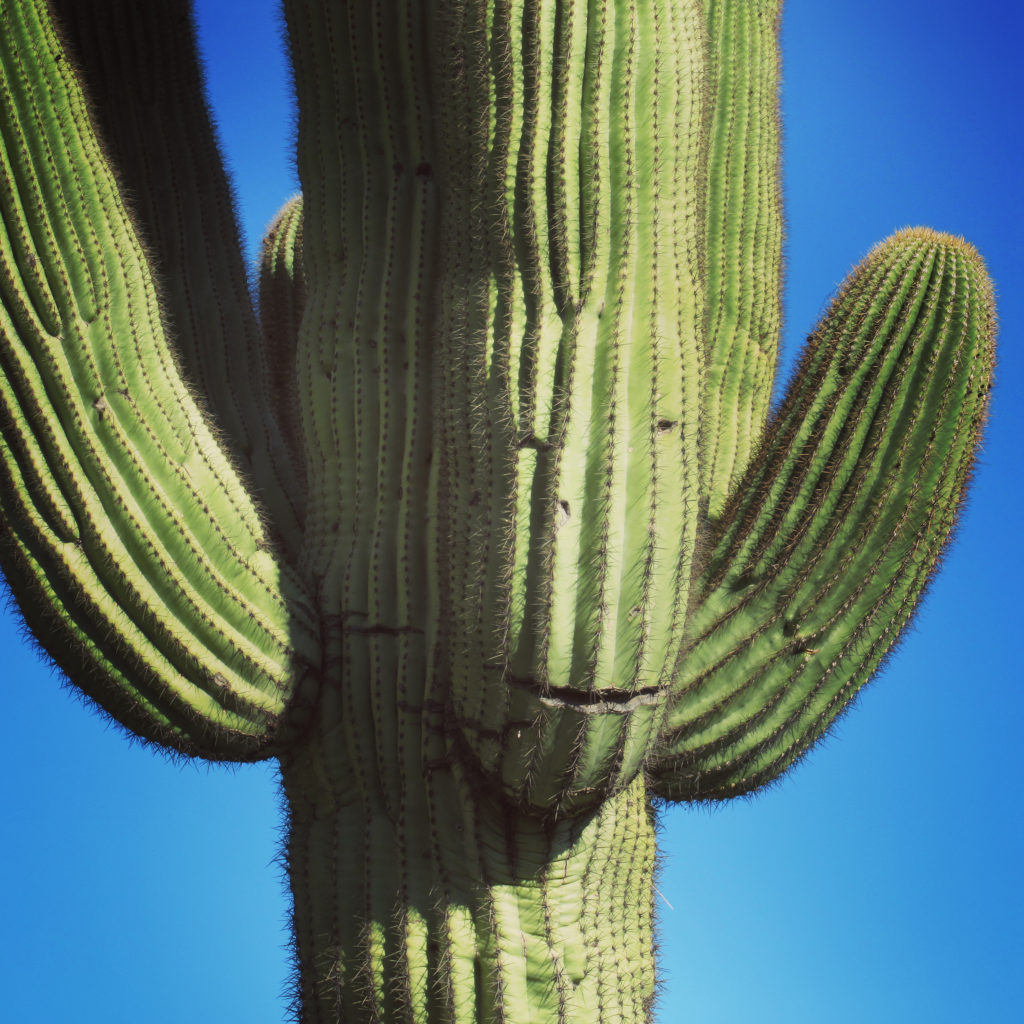
Birds. One word says it all. White Tank is birding heaven. Red-tailed and Harris hawks soar overhead. Curve-billed thrashers, cactus wrens and Gila woodpeckers flit from saguaro to saguaro. Black-throated, fox and rufous-crowned sparrows strike up an early morning chorus. Roadrunners and Gambel’s quail race across the desert floor. Great horned and Western screech owls hoot through the night.
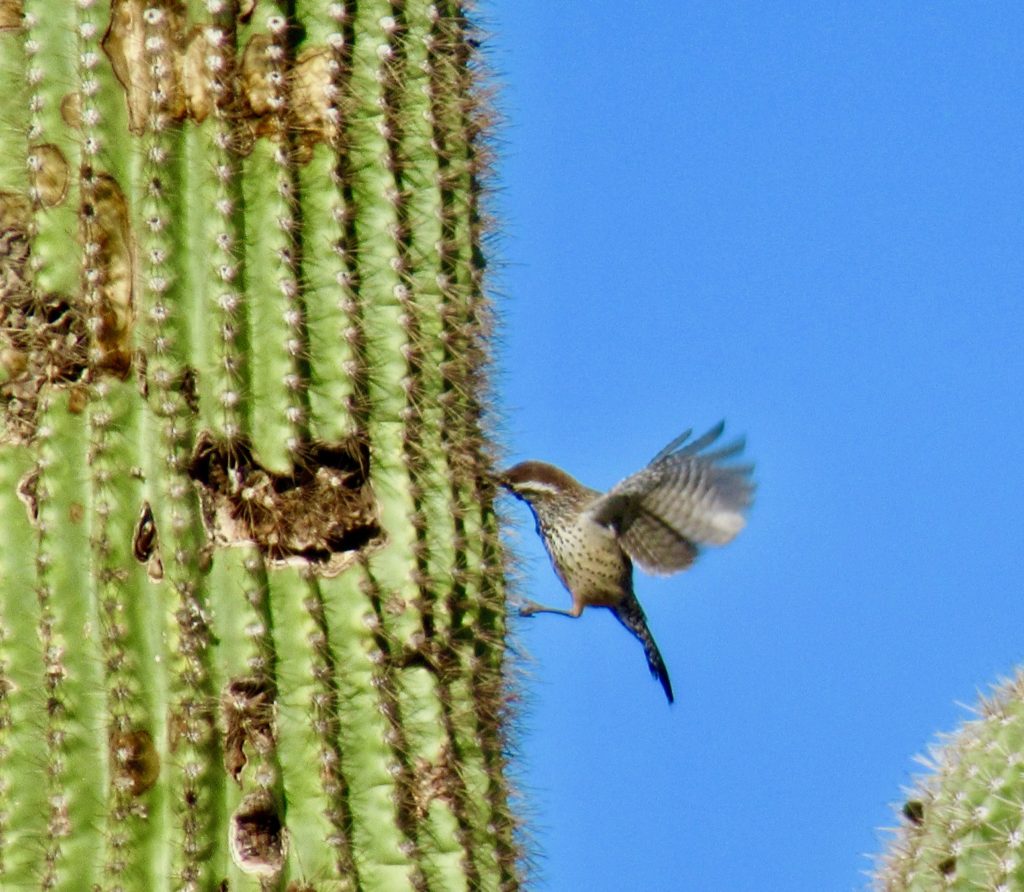
(Photo: Megan Kopp)
The closest we came to seeing any reptiles – it was December after all – was in the Nature Center. Visitors can safely view a Gila Monster, King snake, Gopher snake, pinkish Mojave rattlesnake and a Western diamondback rattlesnake – behind a thick pane of glass. My kind of sightings!

Aside: The White Tank Regional Park Nature Center is located in the spectacular LEED® Platinum certified building that is also home to the White Tank Library. The view from the massive, curving windows in the library is well worth a visit!
New! Willow Campgound
White Tanks offers a variety of overnight backpacking, a group campsites and a Family Campground with electricity. We elected to stay in the newly opened Willow Campground. Non-electric sites in Willow cost $22/night (note: for current fees, be sure to check the fees page).
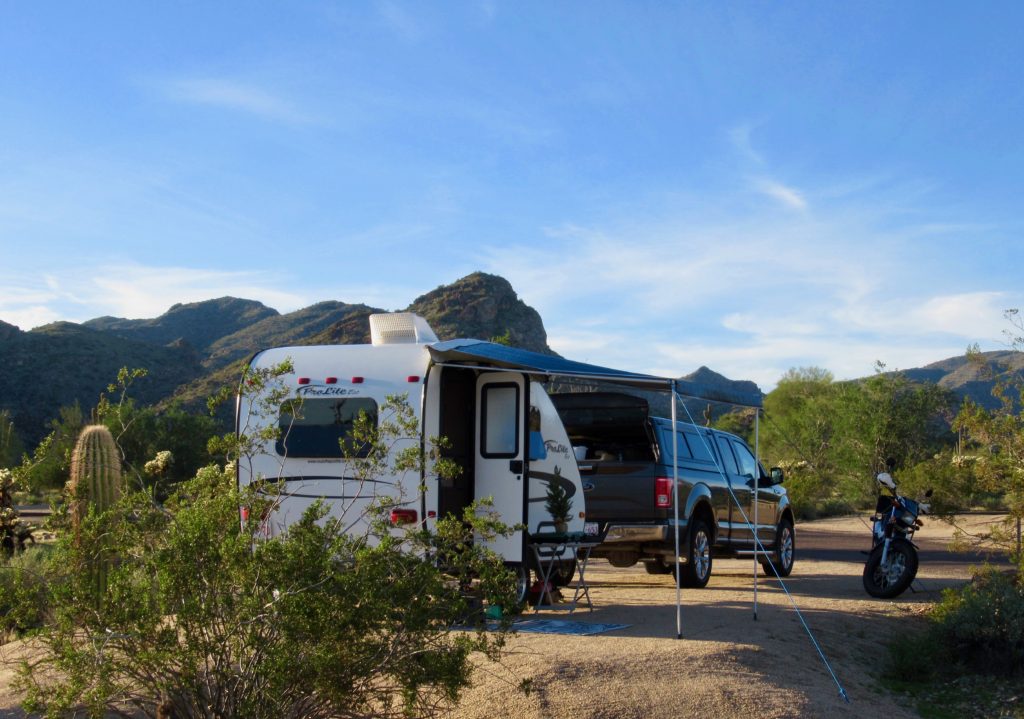
Spacious sites have dedicated tent pads and can accommodate trailers up to a maximum of 16 feet in length. Clean shower/washroom blocks are conveniently located next to a large, well-lit, industrial dish-washing station.
Bonus points: Willow Campground is ideally situated for hiking and biking without having to fire up a vehicle.
Check out Lake Pleasant Regional Park, McDowell Mountain Regional Park, and Cave Creek Regional Park for more Maricopa County faves!
When You Go
The trails are well-maintained and varied, the facilities are spotless and the pricing is extremely reasonable. We give White Tank Regional Park a five-star, active traveler rating. One important thing to note, though, is that the park is on a flyway for air force jets. They pass by frequently during the day. If you’re not into the sight and sound, you might want to stay elsewhere.
In addition to hiking and biking and the opportunity to explore archaeological sites, Maricopa Country Parks also offers a variety of set programs each month. For White Tank in December, the program offerings ranged from a Luminary Night Walk to an Introduction to Mountain Biking to an Early Bird Walk with Sonoran Audubon. We didn’t have time to take them in but will on our next trip. Check the monthly calendar to see what’s on during your visit.
Look for more Arizona adventures? Check out these 25 off the beaten track suggestions for Arizona RV travel!
Get the Gear!


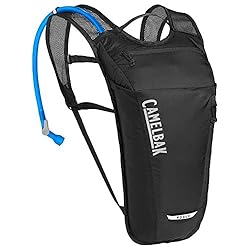




Leave a Reply